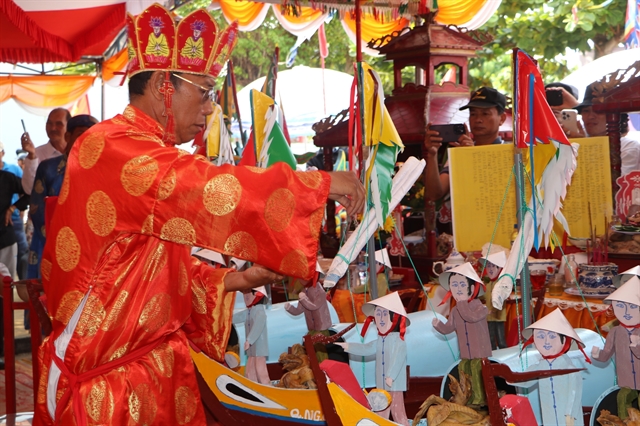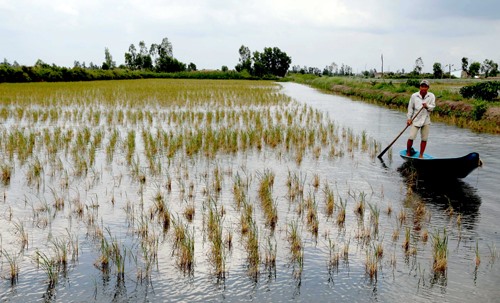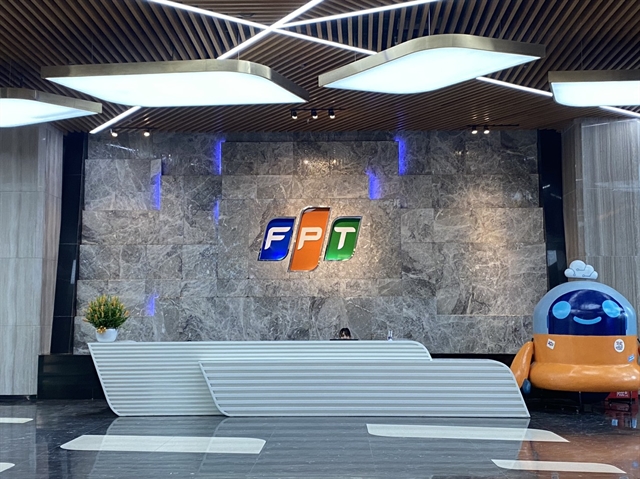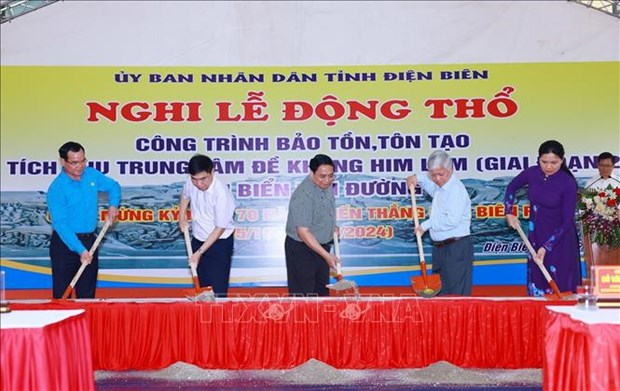 Society
Society

Farmers in Cà Mau Province have begun to breed a new batch of blue-clawed prawns in rice fields, according to the province Department of Agriculture and Rural Development.
 |
| A farmer breeds shrimp in a rice field in Cà Mau Province’s Thới Bình District. – VNA/VNS Photo Kim Há |
HCM CITY — Farmers in Cà Mau Province have begun to breed a new batch of blue-clawed prawns in rice fields, according to the province Department of Agriculture and Rural Development.
Thới Bình, U Minh and Cái Nước districts and Cà Mau city are estimated to have 12,000ha of rice fields where the prawn is farmed.
Thới Bình alone accounts for nearly 10,800ha, up 3,000ha from last year.
The model of farming blue-clawed prawns in rice fields has fetched large profits in recent years.
Trần Văn Phước in Thới Bình’s Biển Bạch Đông Commune said he began breeding the prawn in 2014.
In his first crop he had 3,000 prawns per hectare and earned a profit of nearly VNĐ20 million (US$900) after three months.
The crustaceans are easy to breed, and their harvest time depends on the tending, according to the farmer.
If they are given additional food, they can be harvested after 85-95 days of breeding.
Nguyễn Phi Thoàn, deputy chairman of the Biển Bạch Đông Commune People’s Committee, said past success persuaded many farmers to expand their prawn farming areas this year.
In his commune it has increased by 600ha to 2,200ha, the largest blue-clawed prawn breeding area in the district.
Nguyễn Hoàng Lâm, head of the Thới Bình Bureau of Agriculture and Rural Development, said the model of intercropping blue-clawed prawn in rice fields had been assessed as effective and sustainable since there had been no disease outbreaks.
The average yield is 150-220 kilogrammes per hectare. At VNĐ130,000-150,000 ($5.9 – 6.8) per kilogramme, farmers earn a profit of VNĐ20-30 million ($900- 1,400) per hectare, Lâm said.
Thới Bình has recommended that farmers should expand blue-legged prawn farming areas, he said.
Diversified models
Cà Mau Province, the country’s largest shrimp producer, has developed various shrimp-farming models that offer high yields and are sustainable, according to its Department of Agriculture and Rural Development.
The models include advanced extensive farming, industrial farming, rotating shrimp and rice in rice fields and breeding shrimp in submerged forests.
The Cửu Long (Mekong) Delta province has more than 175,800ha devoted to shrimp farming, with advanced extensive farming accounting for the largest area of 85,099ha.
The average yield is 540 kilogrammes.
Cà Mau plans to rotate rice and shrimp on 50,960ha this year. But farmers have bred shrimp on only around 30,000ha because of the drought and high salinity earlier this year.
Under the model, in the dry season farmers allow saltwater to enter their fields to breed shrimp before switching to rice in the rainy season.
To sustainably develop shrimp farming, Cà Mau has adopted many comprehensive measures like reviewing farming schedules and identifying shrimp species suitable for breeding and meeting the market’s needs.
It has also stepped up inspection of shrimp feed and breeding pairs and provided advanced training to farmers.
It has also advocated expansion of effective shrimp farming models.
Currently the province’s key varieties are black-tiger shrimp and white-legged shrimp.
Last month the Government decided to develop Cà Mau into one of the country’s largest shrimp producers with advanced farming techniques to produce clean shrimp with high competitiveness at home and abroad. — VNS









